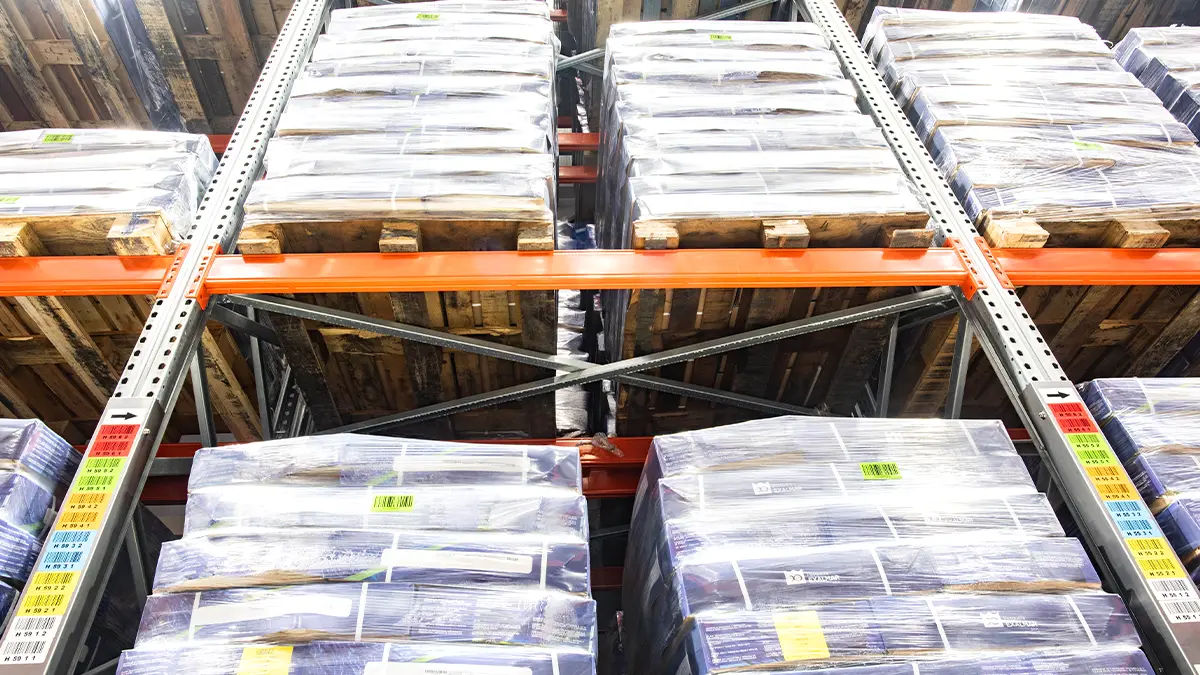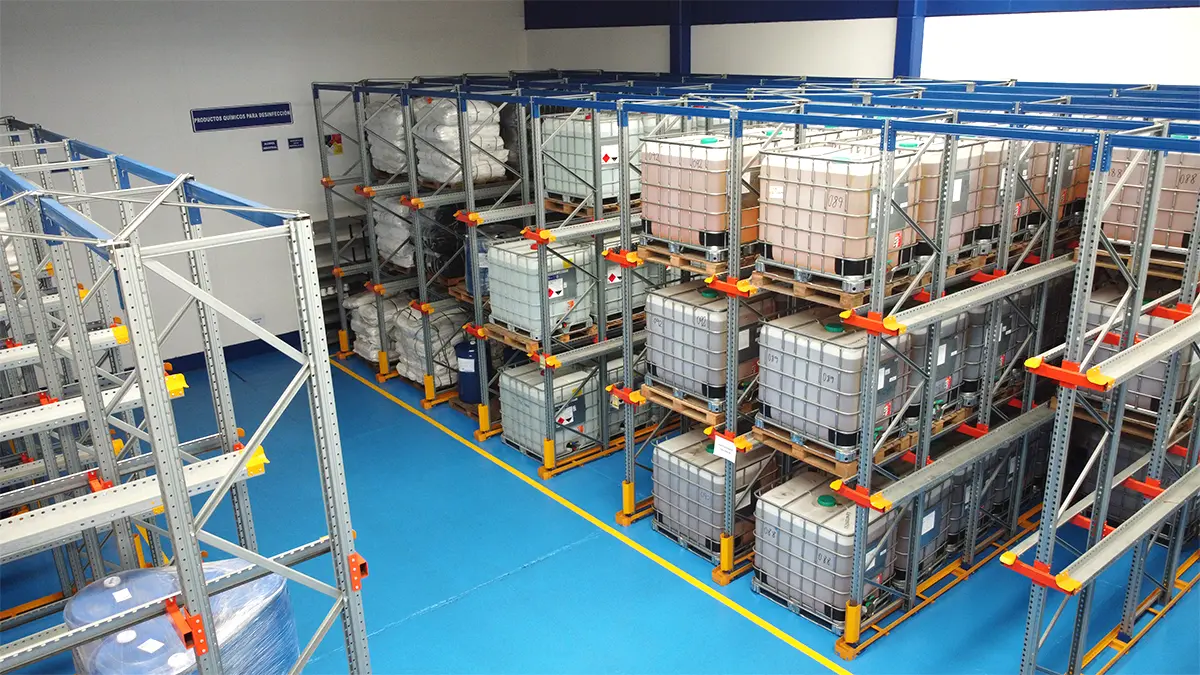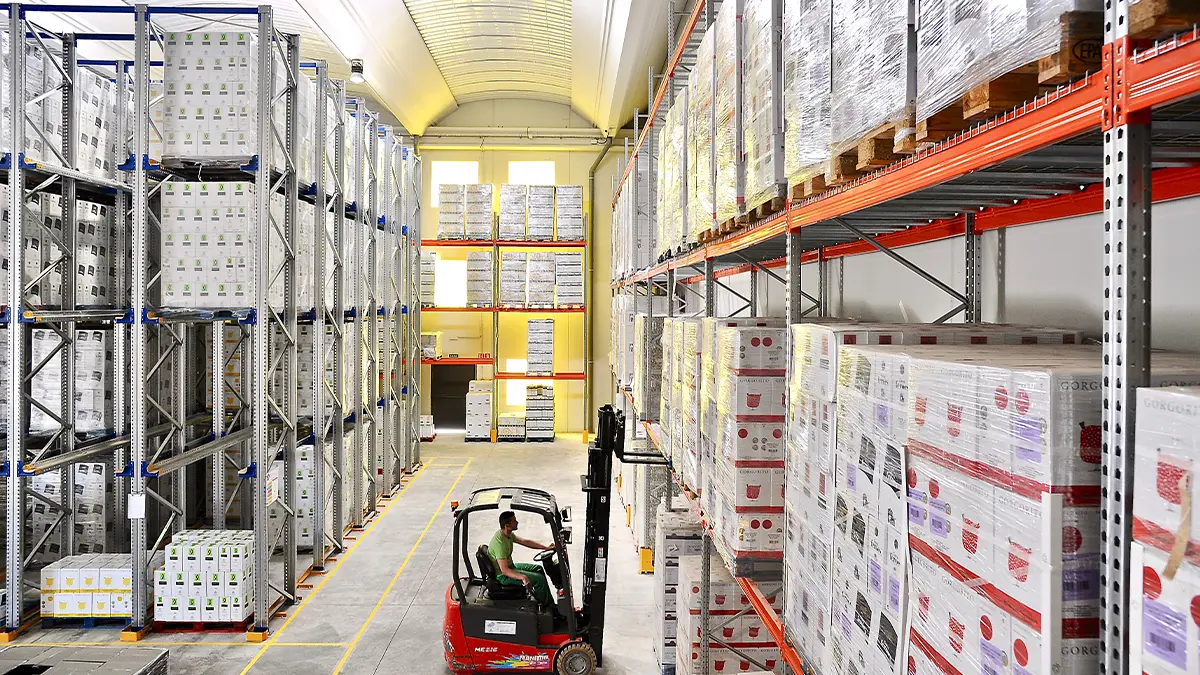The logistics field can face several challenges, some of which are called logistics bottlenecks. It is crucial to prevent their appearance, since these bottlenecks can raise the prices of products and services, thus decreasing market competitiveness and dynamics. In essence, a bottleneck can arise from any obstacle or problem that directly or indirectly affects a company's processes, interfering with its results and reducing its income.
What are the bottlenecks in the supply chain?
Bottlenecks are generated from activities that slow down production processes, prolong waiting times, and reduce a company's productivity. These failures lead to a decline in efficiency and often an increase in the final cost of the product.
Bottlenecks limit companies' capabilities and slow down the project process. They can often be caused by outdated systems or software in use within the business, although they can also arise due to employee performance. Other potential causes include a lack of organisation and planning, poor internal communication, or issues with suppliers.

Why do bottlenecks occur in companies?
Bottlenecks in companies' supply chains can arise for a variety of reasons.
Although these reasons can be very diverse, there is a combination of more common factors such as poor planning, production problems and logistical challenges that especially contribute to the appearance of bottlenecks.
We outline some of the possible reasons, which should be closely monitored.
- Inefficient processes: Ineffective work methods that generate delays and a waste of resources.
- Lack of training: Employees who lack the necessary skills to perform their tasks efficiently.
- Underutilisation of technology: Not taking full advantage of the technological tools available to streamline processes.
- Duplication of tasks: It is important to clearly define each employee's responsibilities and functions to avoid duplicate work.
- Excessive or insufficient inventory: Having too much or too little inventory can cause storage problems or product shortages.
- Poor time management: Lack of proper prioritisation or inefficient allocation of temporary resources.
- Communication barriers: Problems in the effective transmission of information between different departments or hierarchical levels.
- Work overload: Excess work in one stage of the production chain can hinder the progress of other phases.
- Manual or outdated management systems: Errors in organisational programmes can complicate operations.
- Lack of planning: Not having clear long-term plans can lead to improvised and uncoordinated decisions.
- Quality issues: Defects in products or services that require rework, stopping the production flow.
- Poor maintenance: Equipment and machinery not properly maintained can suffer frequent breakdowns, interrupting production.
- Supply chain delays: Delays in the delivery of raw materials or components necessary for production.
- Poor communication with customers: Lack of clarity in delivery details may result in delays.
Identifying and addressing these causes can help improve efficiency and productivity in an organisation.

How can bottlenecks be avoided in logistics?
Avoiding logistics bottlenecks is crucial to maintaining an efficient and lean supply chain. To avoid bottlenecks in logistics, various strategies can be implemented that focus mainly on planning and coordination, implementation of prior corrective measures, and a constant and periodic evaluation of the situation.
Efficient planning and coordination
Develop a detailed logistics plan that covers the acquisition of raw materials through to final delivery to the customer. This involves anticipating demand, optimising transportation routes and effectively coordinating all the activities involved.
Implement solutions for bottlenecks
Once the elements that are slowing down the production chain have been identified, it is essential to implement corrective measures to eliminate bottlenecks:
- Work volume management: estimating the workforce needed in each stage helps anticipate possible peak workloads and prevent the formation of bottlenecks.
- Outsourcing tasks: outsourcing some tasks through third parties, such as logistics operators, can help alleviate the internal workload and maintain a constant production flow.
- Proper planning: planning projects with longer deadlines can avoid a backlog of work and reduce pressure on teams.
- Staff reinforcement: hiring new employees may be necessary to cope with a sudden increase in demand or to meet specific production needs.
- Flow of goods: optimising the flow of goods is essential to improve a company’s performance. Implementing software that streamlines processes and provides visibility and control over them can make a big difference. It is also essential to use appropriate storage systems for products, whether automated or manual, and avoid overstock to prevent the creation of bottlenecks. These measures help maintain a constant and efficient flow of goods in the supply chain.
- Transportation and vehicles: transportation and vehicle management are critical areas that can become bottlenecks, especially at loading bays. To avoid congestion in this strategic area, it is essential to plan goods arrivals in advance and ensure that all parties involved are informed about expected orders and their arrival time.
Evaluate changes and performance
After implementing these measures, it is important to evaluate the performance of the action plan to confirm whether bottlenecks have been eliminated or reduced. Comparing the quality and speed of processes before and after implementation will provide valuable information to avoid potential future bottlenecks.
Bottlenecks can have a negative impact on staff, so it is useful to communicate to the team the changes that are going to be made and invite them to share their suggestions for improvement. Involving the team in the process not only increases their commitment, but can also generates innovative ideas to further optimise logistics processes.
By continually monitoring performance and fostering a culture of continuous improvement, companies can maintain an efficient logistics operation adaptable to the constantly changing challenges of the market.

Benefits of eliminating bottlenecks
Apart from boosting productivity, eliminating bottlenecks has other benefits such as, for example, improved customer and supplier relationships by respecting delivery times and maintaining stock at optimal levels, which generates trust. In staff-related cases, satisfaction is also strengthened by greater commitment or innovative ideas to further increase logistics processes.
If you need help to identify and overcome logistics obstacles that are affecting your company, contact us. At AR Racking, we have extensive experience in designing personalised logistics solutions adapted to our customers’ specific needs. We advise you on how to improve the efficiency of your warehouse.













